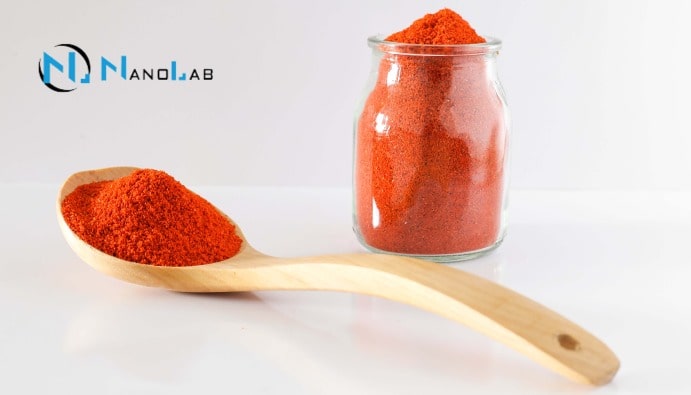Dye Search and Synthetic Dyestuff Quantification: Food Product
Why is Dye Search and Synthetic Dyestuff Amount Determined?

What are Dyes and Synthetic Dyestuffs?
Dyes consist of organic or inorganic compounds, usually used to add color to a substance. Dyes can be natural or synthetic:
- Natural Dyestuffs: These are dyes derived from plants, minerals or animal sources. For example, henna, a plant used to obtain the color red.
- Synthetic Dyestuffs: Chemically produced dyes that are usually more stable. Synthetic dyes are sometimes cheaper and longer lasting than natural dyes in the food industry.
Some synthetic colorants used in the food industry can cause some health problems, so the amount of these substances should be controlled.
Importance of Synthetic Dyestuffs in Food
Synthetic dyes are frequently used in the food industry. They are used to make food products look more attractive and colorful, but some synthetic dyes can cause allergic reactions or toxic effects when consumed in excess. For example:
- Tartrazine (E102): A yellow dye used in many processed food products. Excessive consumption can cause allergic reactions or hyperactivity in some individuals.
- Allura Red (E129): A red dye that has been associated with attention deficit hyperactivity disorder in some children.
Therefore, the quantification of synthetic dyes in food products is critical to ensure the safety of products.
Dye Search and Determination: Methods
Various analytical methods are used to quantify dyes in food and products. These methods are usually as follows:
- Spectrophotometric Method: Spectrophotometry is a technique that measures the amount of light absorbed by a substance. Based on the wavelengths of light absorbed by dyes, their concentrations can be determined. This method is widely used, especially in the analysis of synthetic dyes.
- TLC (Thin Layer Chromatography): Thin layer chromatography is a technique used to separate compounds of liquids and gases. Dyes can be separated by this method. Different dyes have different mobilities, so the type and amount of dyes can be determined with this technique.
- HPLC (High Performance Liquid Chromatography): HPLC is a more sensitive method and is used for the separation of dyes in liquid samples. It is a frequently preferred technique for the detection of synthetic dyes.
- Mass Spectrometry (MS): Mass spectrometry allows the separation of compounds based on their mass. It can be used to determine the exact structure and quantify the amount of dyes. This technique is a highly sensitive and reliable method, but can be expensive and complex.
Nanolab Laboratories Group continues to provide services in Dye Search and Synthetic Dyestuff Quantification. We also provide services in the Determination of Sudan Dyes.
Contact us for more information.
You can follow us on LinkedIn for up-to-date news and posts about our services.
Follow our Instagram account to be informed about our latest blog posts.

